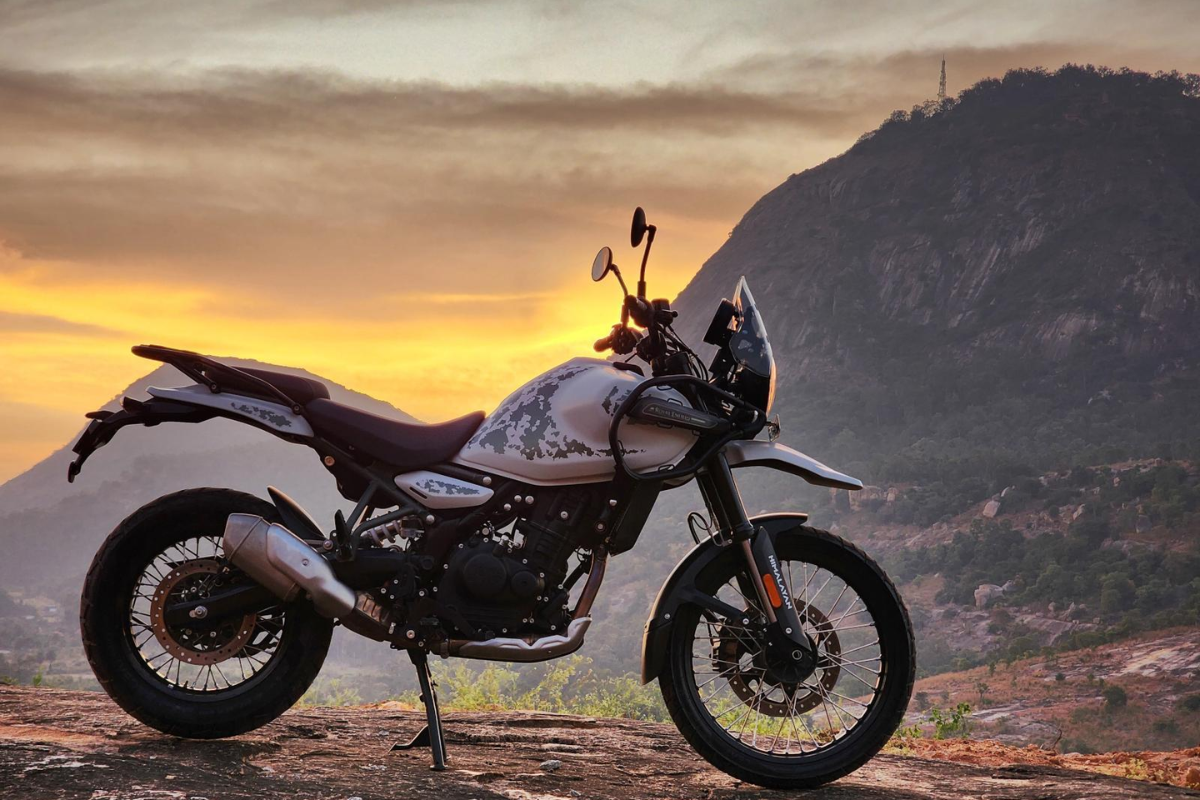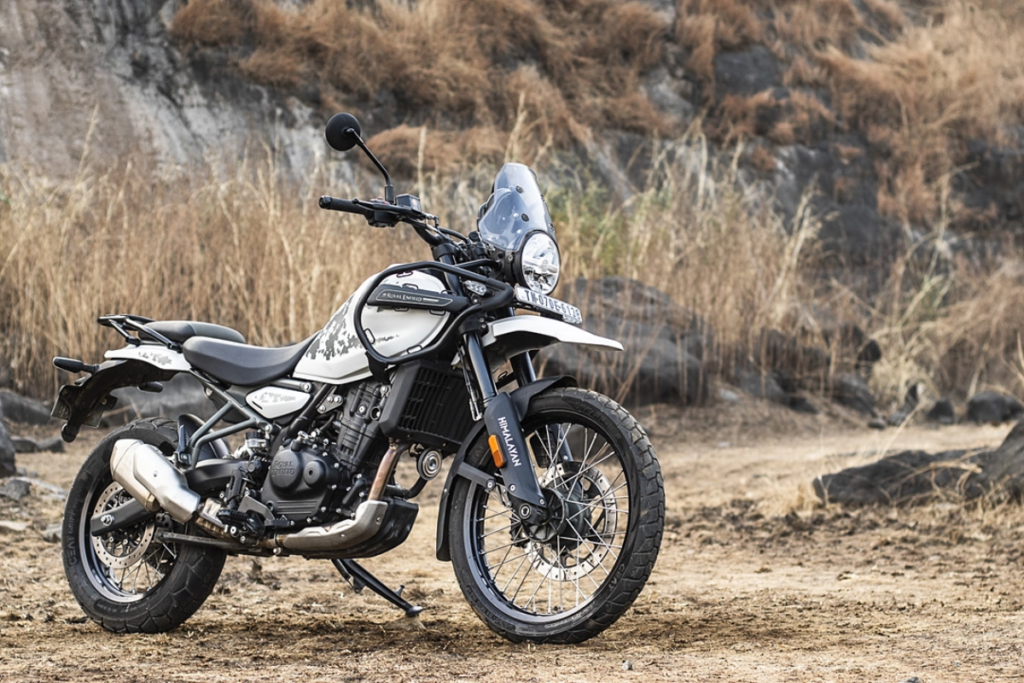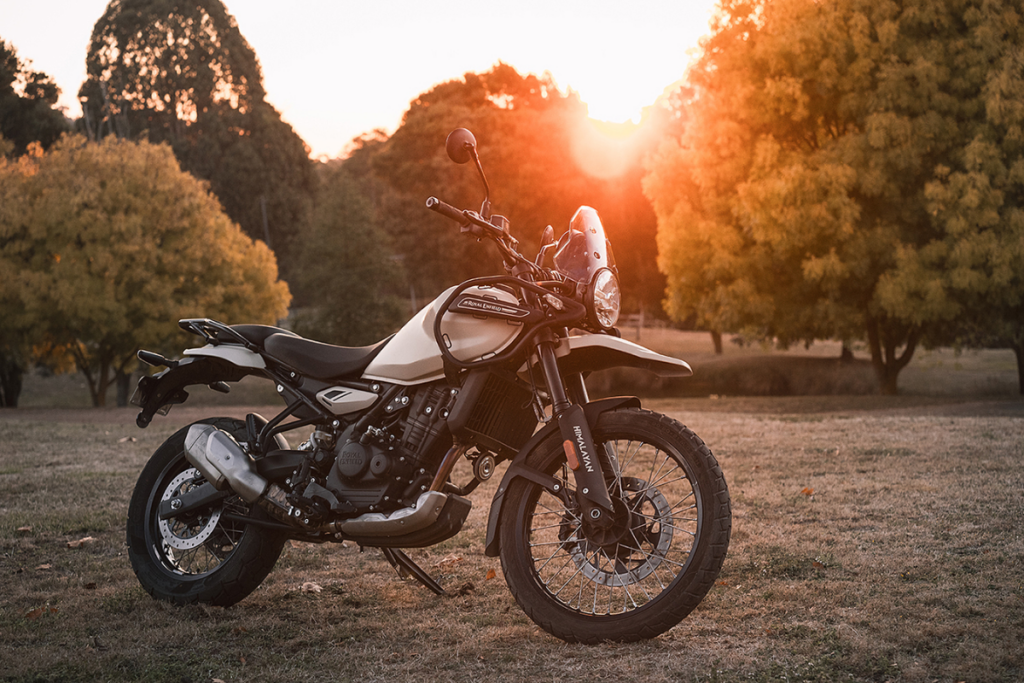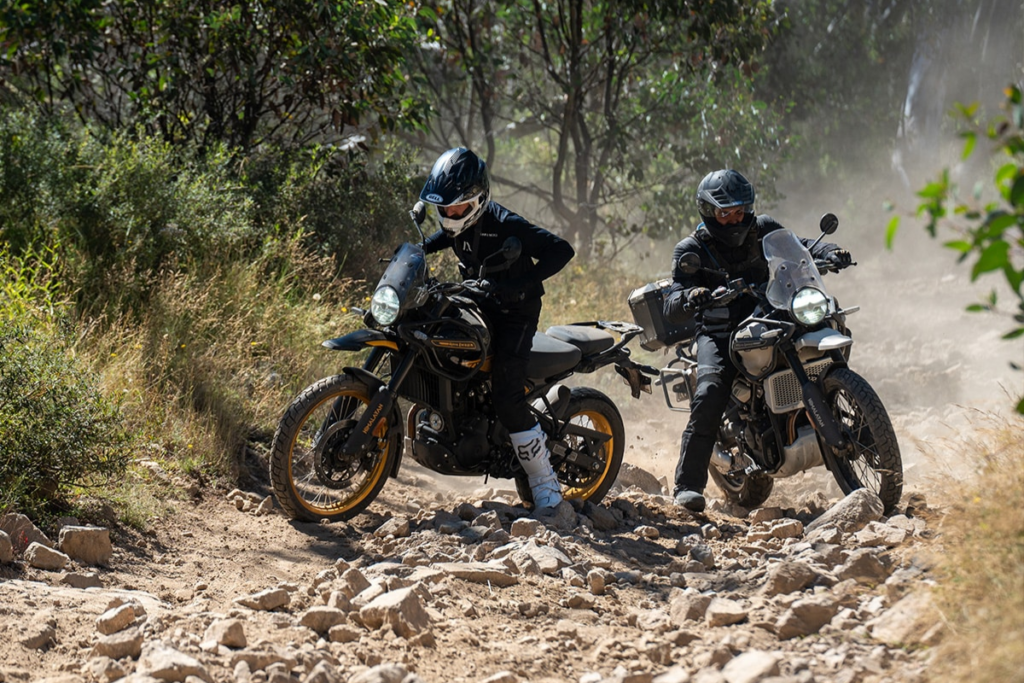📖 Table of Content:
The Royal Enfield Himalayan 450 has garnered much attention as an adventure bike designed to tackle various terrains while offering a unique riding experience. Whether you’re navigating through bustling city streets or venturing into rugged off-road trails, the Himalayan 450 promises to be a reliable companion. However, one of the most common concerns for riders, especially those going on long journeys, is fuel efficiency. Understanding the Himalayan 450 mileage can help you prepare for your adventures and optimize your experience.
In this article, we’ll dive into the estimated mileage of the Himalayan 450, how it compares with other adventure bikes, and provide practical tips to improve fuel efficiency on your rides.
What Is the Expected Mileage of the Himalayan 450?
When it comes to adventure biking, mileage plays a significant role in determining how far you can travel before needing to refuel. While the Himalayan 450 boasts power and versatility, it’s also essential to understand its fuel efficiency in different conditions.
The Himalayan 450 mileage is expected to range between 25-30 km/l, depending on various factors such as terrain, riding style, and weather conditions. In cities with stop-and-go traffic, you might expect mileage closer to 25 km/l, while on long highways, the bike may offer up to 30 km/l. Off-road riding, where the engine is pushed to its limits, could result in a slightly lower mileage.
Factors influencing the mileage include:
- Terrain: Urban riding vs. highway cruising can cause noticeable differences.
- Rider Behavior: Frequent acceleration, braking, and over-revving consume more fuel.
- Weight: Additional luggage or pillion riders can reduce mileage.
- Weather Conditions: Cold weather or extreme heat can impact engine efficiency.
Himalayan 450 vs Competitors
In the adventure bike segment, there are several models that provide a tough competition to the Himalayan 450. However, Himalayan 450 average mileage compares favorably with many of its peers. For instance:
- KTM 390 Adventure: Offering similar performance, the KTM 390 Adventure boasts a mileage of around 28-32 km/l, making it one of the top contenders.
- BMW G 310 GS: Another adventure bike with a mileage of approximately 28-30 km/l, positioning itself in close competition with the Himalayan 450.
- Hero Xpulse 200: This lighter and more nimble option delivers a mileage of about 32-38 km/l, though it falls short in terms of power compared to the Himalayan 450.
The Himalayan 450 strikes a fine balance between fuel efficiency and adventure performance, making it an excellent choice for riders looking for a versatile machine that can handle both daily commuting and off-road adventures.
How to Improve the Mileage of the Himalayan 450
Even though the Himalayan 450 mileage is competitive, there are ways you can ensure you’re getting the best fuel economy from your bike. Here are a few tips:
- Regular Maintenance:
- Keeping your bike well-maintained is crucial for fuel efficiency. Regular oil changes, checking tire pressure, and ensuring the engine is in top shape can prevent unnecessary fuel consumption.
- Smooth Riding Style:
- Avoid aggressive acceleration and braking. Smooth transitions and maintaining a consistent speed can significantly improve your bike’s mileage.
- Keep It Light:
- Extra luggage or unnecessary accessories can weigh the bike down, leading to higher fuel consumption. Try to keep your bike as light as possible, especially for longer trips.
- Use the Right Fuel:
- Opt for high-quality fuel that suits the engine’s requirements. Using substandard fuel can decrease efficiency and lead to poor mileage.
- Riding in the Right Gear:
- Keeping the engine at an optimal RPM by shifting gears at the right time ensures smoother rides and better fuel efficiency.
Real-World Mileage Reports
While manufacturer claims and estimated mileage give a good idea, real-world mileage can often vary. Many Himalayan 450 riders report a Himalayan 450 average mileage of around 28 km/l during their highway commutes. When on rugged off-road trails, this drops slightly, with reports indicating around 24-25 km/l depending on the terrain and load.
In higher altitudes, such as the Himalayan regions where the air is thinner, the mileage may drop further. However, riders have been impressed with the bike’s capability to maintain consistent mileage even in challenging weather conditions and terrains, making it a dependable choice for adventure lovers.
The Adventure Rider’s Perspective
For adventure riders, the balance between performance and fuel efficiency is crucial. The Himalayan 450 mileage offers a satisfactory range for long-distance trips, ensuring fewer stops for refueling, which is especially beneficial when exploring remote areas with limited fuel stations.
Fuel efficiency becomes even more important during multi-day trips, where careful planning of fuel stops can impact the overall adventure. The Himalayan 450’s ability to provide decent mileage while still delivering on performance makes it a reliable option for adventure enthusiasts who don’t want to compromise on power.
Conclusion
In conclusion, the Himalayan 450 mileage is competitive, offering around 25-30 km/l depending on riding conditions. Its balance between performance and fuel economy makes it a strong contender in the adventure bike market. While factors like terrain, rider behavior, and maintenance play a role in determining the actual mileage, the bike proves to be reliable for both daily commutes and long-distance adventures.
Whether you’re navigating through busy city streets or embarking on an off-road adventure, the Himalayan 450 promises to deliver a satisfactory fuel range, making it a top choice for those seeking versatility and efficiency in their rides.
For more insights on adventure bikes and maintenance tips, check out other articles at Motosniff.




